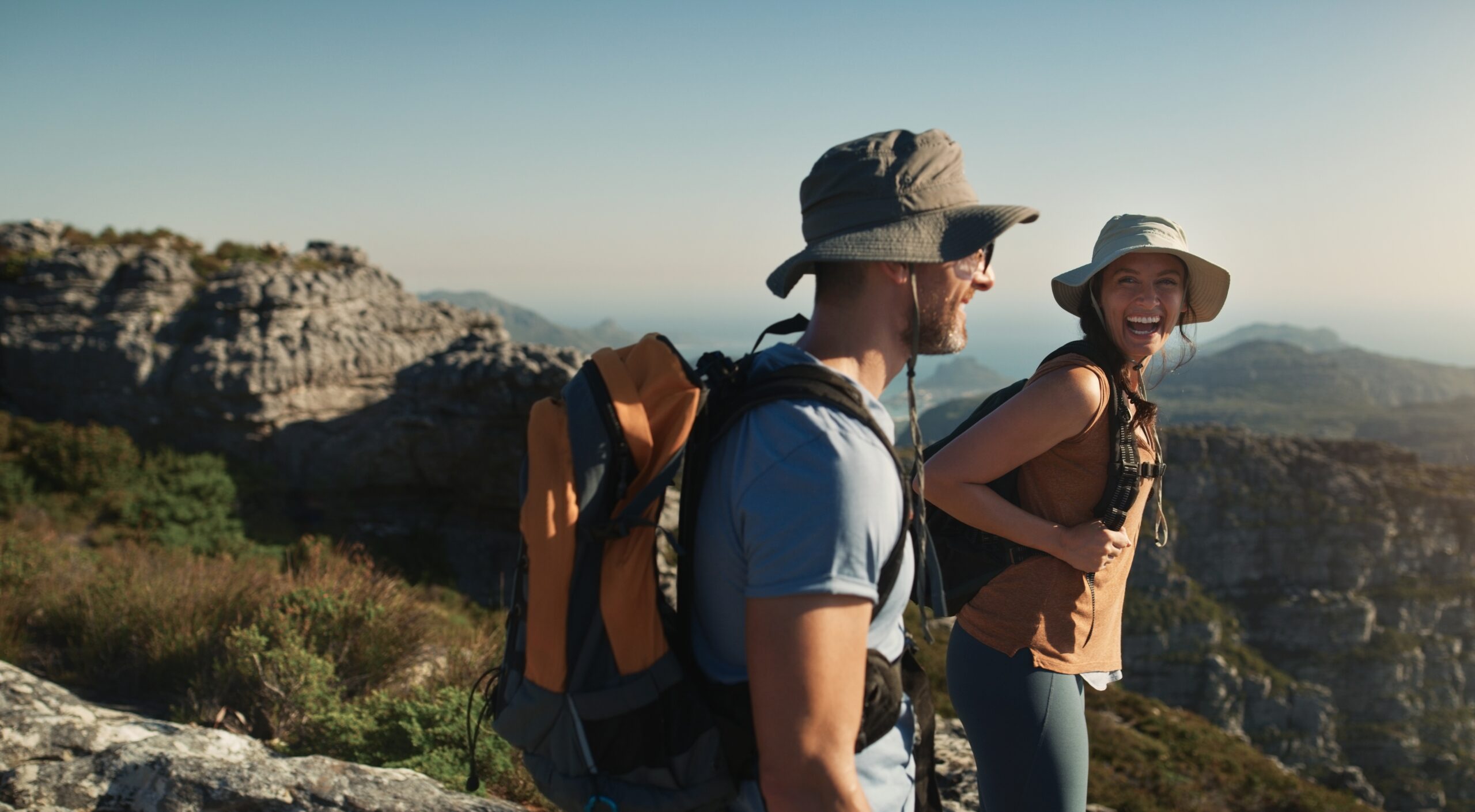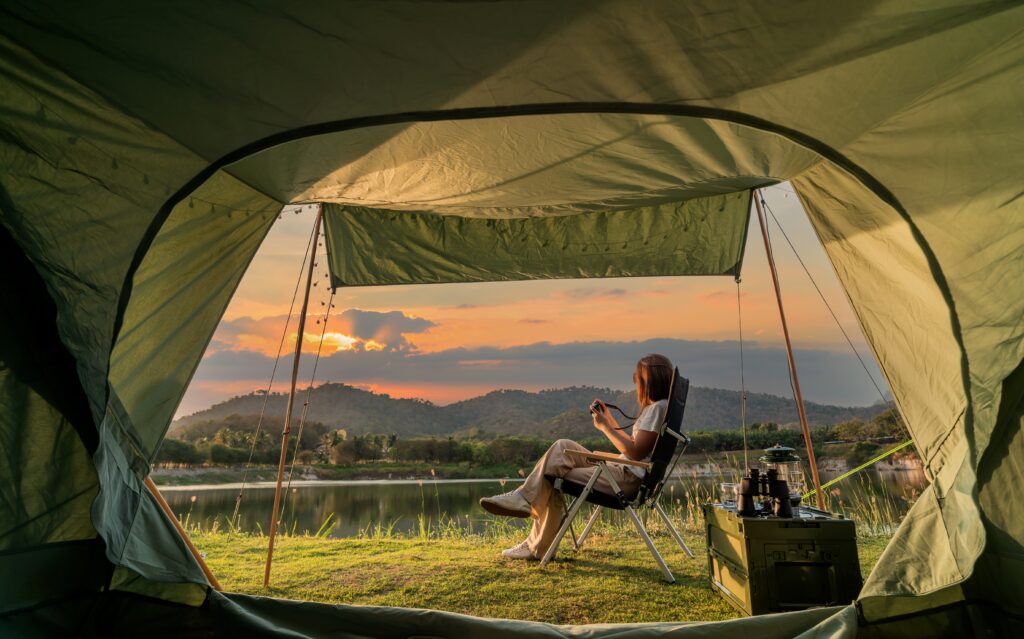
Solo Hiking for Beginners: Safety Tips and Confidence Boosters
Solo hiking is a deeply empowering experience that offers freedom, peace and a personal connection to nature that’s often unmatched. But hiking alone also comes with unique safety considerations and emotional challenges — especially for beginners. This guide covers everything you need to know before setting off alone, from essential safety tips to practical mindset strategies that help build your confidence, one step at a time.
Outline
- Introduction: Why Hike Alone?
- Is Solo Hiking Right for You?
- Choosing the Right Trail for Your First Solo Hike
- Essential Solo Hiking Safety Tips
- What to Pack: Gear for Independence
- Staying Oriented: Navigation Tips
- Mindset & Confidence: Tackling Fear and Self-Doubt
- Handling Emergencies Alone
- Tips for Women Hiking Solo
- Final Thoughts: Alone, but Never Lonely
Introduction: Why Hike Alone?
Solo hiking isn’t about isolation — it’s about freedom, clarity, and self-trust. Whether you crave quiet time, want to disconnect from daily noise, or simply hike on your own schedule, going solo opens up a new level of connection with the outdoors. Many hikers say their first solo experience is the moment they truly fell in love with hiking.
You don’t have to wait for someone else’s schedule. You move at your own pace, stop when you want, and listen only to your own rhythm.
Is Solo Hiking Right for You?
Not everyone feels ready for solo hiking right away — and that’s okay. It’s a personal journey.
Signs you’re ready to try solo hiking:
- You’ve done group hikes and are familiar with trail basics
- You can read trail maps or use GPS confidently
- You feel comfortable being alone in nature
- You want quiet time for reflection or exploration
If you’re unsure, start with short, local trails and build up gradually.
Choosing the Right Trail for Your First Solo Hike
Your first solo trail should be easy to follow, well-maintained, and not too remote. Avoid high-risk or exposed areas until you’re more experienced.
Look for:
- Loop or out-and-back trails (not point-to-point)
- Popular but not overly crowded paths
- Trails with clear signage and online reviews
- Low elevation gain and under 10 km round trip
Pro Tip: Check online platforms like AllTrails or Komoot for reviews from solo hikers.
Essential Solo Hiking Safety Tips
Safety is the number one priority when hiking alone. A small problem can escalate quickly if no one’s around to help.
Always:
- Tell someone your exact route and return time
- Use a GPS app with offline maps
- Carry a fully charged phone and portable power bank
- Stick to the trail — avoid shortcuts or unmarked paths
- Bring a whistle (three blasts = emergency signal)
- Know basic first-aid and how to use your kit
- Start early and finish before dark
If your phone has no signal, you can still use GPS functions with downloaded maps.
What to Pack: Gear for Independence
Packing smart gives you confidence and independence. You don’t need to overpack — just cover the essentials.
Solo hiking daypack checklist:
- Map (paper or app)
- Water (at least 2 litres) + purification tablets
- High-energy snacks
- Weather-appropriate clothing (hat, gloves, rain layer)
- First-aid kit
- Torch or headlamp
- Sunscreen & sunglasses
- Whistle
- Emergency blanket or bivvy
- Multi-tool or small knife
- Identification and cash
Bonus: A lightweight sit pad for scenic solo breaks adds a touch of comfort.
Staying Oriented: Navigation Tips
Getting lost alone can be dangerous — but it’s entirely avoidable with some prep.
Avoid disorientation by:
- Studying the trail before you go
- Taking note of landmarks and intersections
- Checking for colour-coded trail markers regularly
- Turning on GPS tracking so you can retrace your steps
- Keeping your phone on battery saver mode to preserve power
Consider carrying a paper map as backup — tech fails, but a printed trail never runs out of signal.

Mindset & Confidence: Tackling Fear and Self-Doubt
Most beginner solo hikers aren’t worried about getting lost — they’re worried about feeling anxious, unsafe, or judged. That’s perfectly normal.
Confidence boosters:
- Start with short hikes and build up slowly
- Listen to podcasts or calming playlists if silence feels too loud
- Remind yourself: you’re allowed to turn back at any time
- Practice positive self-talk (“I’ve got this. I’m capable.”)
- Keep a small journal or take voice notes about how you feel — you’ll be surprised how strong you sound!
It’s not about fearlessness — it’s about learning to move forward with the fear.
Handling Emergencies Alone
Planning ahead turns potential emergencies into manageable moments.
Be prepared to:
- Treat blisters, cuts or sprains with your first-aid kit
- Use your whistle to attract attention if needed
- Stay put if you’re lost — conserve energy and wait for help
- Mark your location with a brightly coloured item
- Use offline emergency numbers or SMS-based systems if reception is poor
Tip: On iPhones, pressing the power button 5 times calls emergency services and shares your location (check local settings before you go). Android phones also have emergency SOS features.
Tips for Women Hiking Solo
Women often face extra questions and concerns when hiking alone. While most solo hikes are safe, it’s smart to be proactive.
Female-focused solo tips:
- Hike popular routes where you’re not isolated but not crowded
- Trust your gut — if someone makes you uncomfortable, change your pace or stop
- Avoid disclosing that you’re hiking alone
- Carry pepper spray or personal alarms (check local laws)
- Wear a ring or mention “meeting a group up ahead” if you feel watched
Confidence, awareness, and preparation go further than fear.
Final Thoughts: Alone, but Never Lonely
Solo hiking teaches you resilience, independence, and self-trust. Every solo hike — even a 2km loop — is a win. With each step, you learn more about your abilities, your mindset, and the rhythms of nature around you.
Yes, it can feel vulnerable. But it can also feel liberating. Peaceful. Empowering. And absolutely worth it.
So pack your bag, plan your route, and take that first step alone. You’ll come back stronger — and more in tune with yourself than ever.